Earlier this month, representatives from the U.S. Embassy in Yerevan, Armenia commemorated the downing of a U.S. Air Force C-130 aircraft in Armenian soil in 1958 near the village of Sasnashen 40 km northwest of the capital. The event, very few today have heard of, has yet to be buried in historic archives. Many mysteries surrounding the event remain to be solved. What is known is that on 02 September 1958 a U.S. C-130 reconnaissance aircraft veered into Soviet Airspace (territory of Soviet Armenia at the time) with 17 crew members on board (6 flight crew and 11 Russian linguist Intelligence experts) on a reconnaissance-gathering mission near the Soviet-Turkish border. The aircraft was picked up Soviet radar based in Leninakan (modern-day Gyumru), which scrambled four MiG-17 fighters to intercept it (some reports state a MiG-15, MiG-17, MiG-19 and a Yak-25). The four Soviet fighters engaged the C-130, with clearly visible markings as a U.S. Air Force transport aircraft, eventually shooting it down. It is believed all airmen perished in the crash. The bodies of the 6 crew members were eventually handed over to U.S. authorities, while the fate of the 11 intelligence experts remained unknown until two years after the fall of the Soviet Union in 1993. The event marked one of the most controversial points in Soviet-American relations, now 59 years later the tragedy is still commemorated to remember the lost and missing.
A memorial to the downed airmen and intelligence agents near the crash site in the village of Sasnashen, Armenia
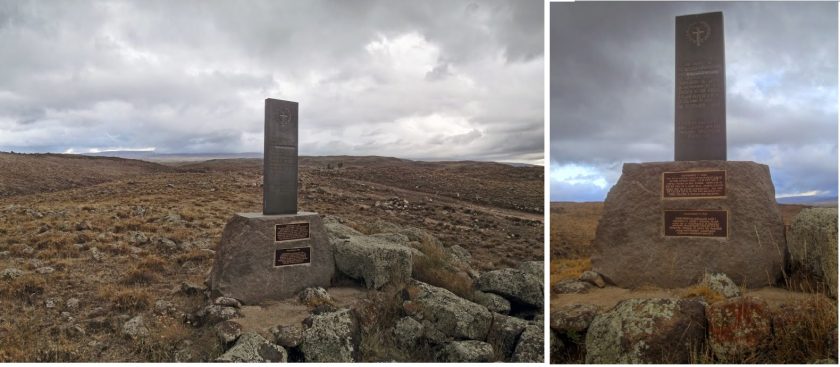
According to Bob Downing, a former U.S. Air Force Intelligence operative specialising in the Russian language, “As the political strain increased between the three western powers and the Soviets, the Soviets became increasingly belligerent, to the point that if an Allied aircraft strayed out of the ten mile corridor[speaking about three 16km air corridors leading into Berlin], it ran the risk of being shot down by Soviet aircraft”. Downing’s expertise led him to conduct an independent study on the 1958 C-130 crash based on not only American accounts, but Soviet Accounts available after the fall of the Soviet Union:
“The pilots coolly described the first two salvos of attacks, which resulted in hits on the plane, but it was not until the third pass that Flight 60528 burst into flames and the tail section fell off. The Soviet pilot then described how the plane rolled over upside down and began a plunge to the earth. After being satisfied that the aircraft was down, the four planes systematically returned to their home base and landed. There was no further comment about the downed aircraft.”
Below Left: a digitally-reconstructed picture of the C-130 bursting into flames. Below Right: original photo of the plane being shot down taken from one of the MiG-17’s
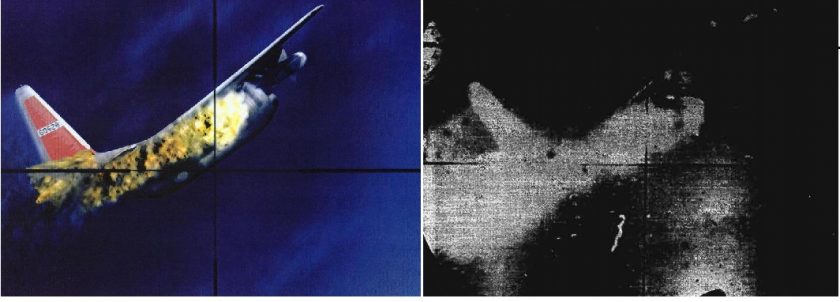
Declassified U.S. intelligence accounts showed that the C-130 had been flying in Turkish airspace near the Soviet Armenian border. It was picked up on Soviet radar even before it veered into Soviet airspace, being categorised as “hostile/unidentified”. Upon entering Soviet airspace it was quickly categorised as “intruder”, and Soviet fighters were quickly scrambled to intercept it. The reason why the C-130 entered Soviet airspace remains unclear, some reports point to pilot error, while others point to a deliberate act of interference of the Soviet military, by emitting a similar frequency beacon to bring the aircraft off course and eventually shoot it down. This last theory is possible as well, as many American reconnaisence aircraft were conducting missions near Soviet borders, and this particular event was the 10th downing of an American aircraft since the start of the Cold War. A similar occurrence of the downing of an aircraft by deliberate radar interference took place in 1986, when Mozambique’s Socialist president Samora Machel’s airplane crashed in South Africa just a few kilometres before entering Mozambican airspace for landing; sources point to the use of high-frequency beacons by a South African intelligence team to confuse the pilots and make descend for landing. The plane crashed, killing 34 passengers, including Machel. The deliberate use of radio beacons thus finds ground as the possible cause of the aircraft veering into Soviet territory.
One of the few available photos of the C-130 Aircraft before the downing

Four days after the downing, Washington communicated to authorities in Moscow as well as in Tehran for any reports on their missing aircraft. The Soviets informed Washington that the aircraft was found northwest of Yerevan, Armenia after initially denying any information on the whereabouts. The Kremlin acknowledged the loss and recuperation of the bodies of six flight crew, eventually repatriating the bodies to the U.S., but denied any knowledge of the remaining 11 intelligence experts. The Soviets claimed that the C-130 had not been shot down, but had crashed, however Turkish air-traffic communication reports quickly proved otherwise.
The fate of the 11 intelligence officers remained unknown until 1993. Soviet authorities never acknowledged the presence of others besides the six crew members returned to the American authorities. It is widely rumoured that months after the crash, Armenian-born Anastas Mikoyan, the First Deputy Chairman of the Council of Ministers, one of the highest positions in the Soviet Government, himself denied the downing of the C-130 insisting it had crashed. After the fall of the Soviet Union, an Armenia emerged as an independent state, and with it the possibility that American forensic experts gain access to the crash site in search of the remaining victims.
In 1993, an investigation was conducted at the crash site with more than 2.000 bone and tooth fragments being recovered as well as other personal items and equipment. That same year a memorial was placed near the site in the village of Sasnashen. The remaining 11 intelligence officers were eventually identified and given a proper burial after 5 years of identification work. In 1998, they were all buried at Arlington National Cemetery, exactly 40 years after they lost their lives in the tragedy.
Six members of the flight crew: Archie Bourg, Jr., Edward Jeruss , Gerald Medeiro, John Simpson, Rudy Swiestra and Ricardo Villareal.
Eleven intelligence officers: Paul E. Duncan, James E. Ferguson, Jr., Joel H. Fields, Harold T. Kamps, Gerald C. Maggiacomo, Clement O. Mankins, Arthur L. Mello, Robert H. Moore, Robert J. Oshinskie, George P. Petrochilos and Laroy Price.
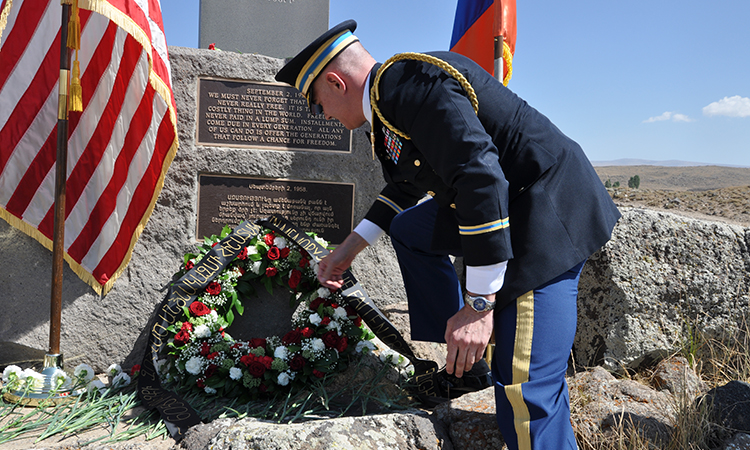

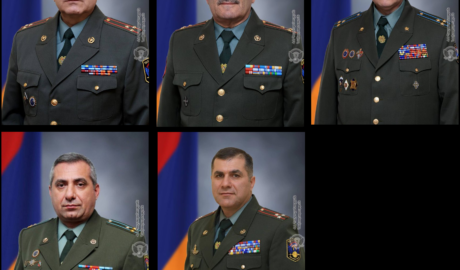

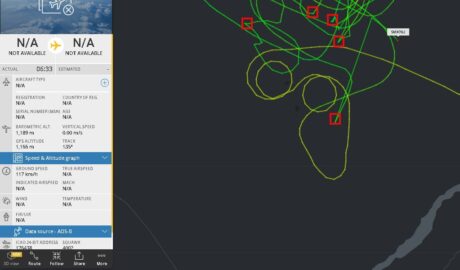
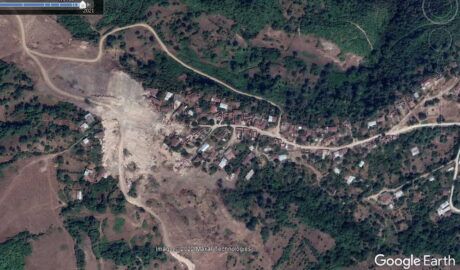
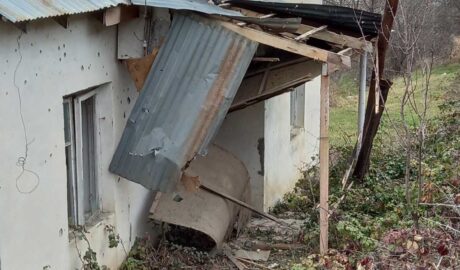

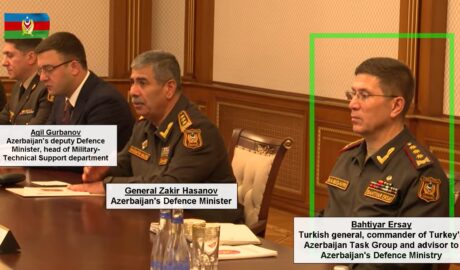
Comments are closed, but trackbacks and pingbacks are open.